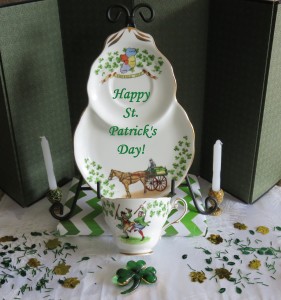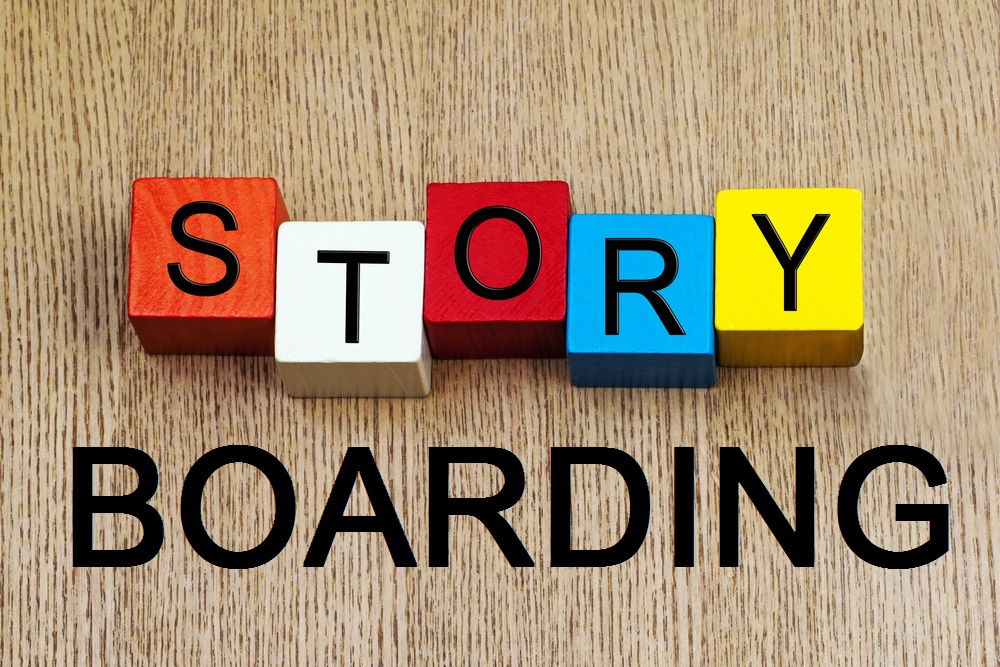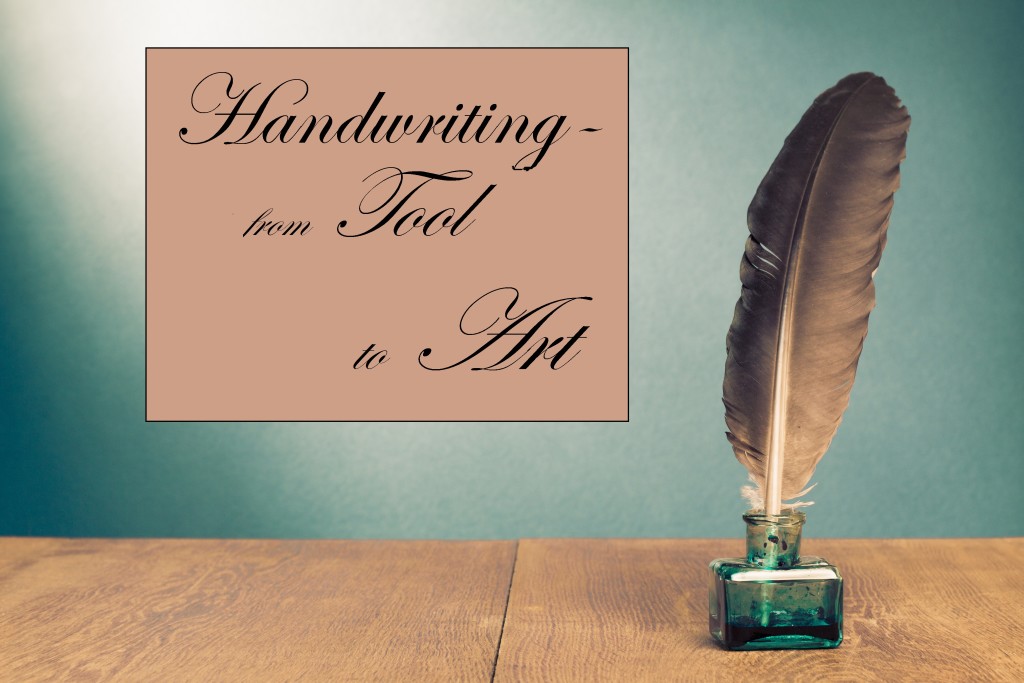by @AnnieDaylon
Canadian Authors: Did you know that you could be compensated for having books in libraries in Canada? How? Through the Canada Council for the Arts Public Lending Right Program.
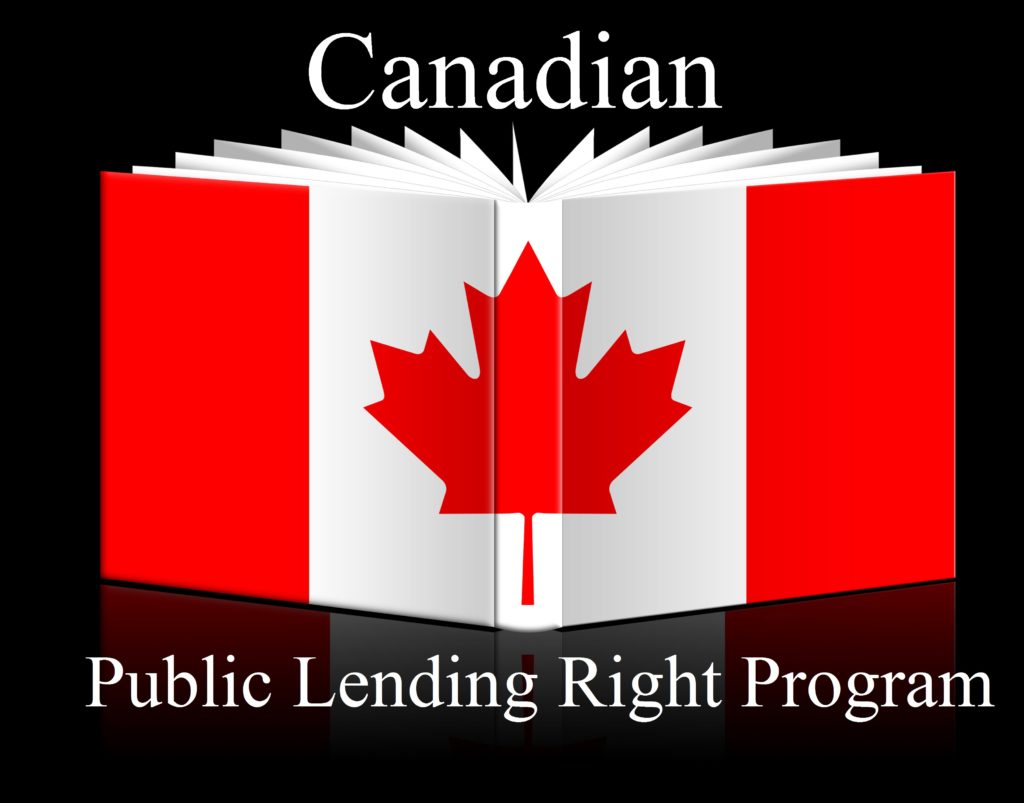
According to Wikipedia, a Public Lending Right (PLR) program is a program “intended to either compensate authors for the potential loss of sales from their works being available in public libraries, or as a governmental support of the arts, through support of works available in public libraries, such as books, music and artwork.” Twenty-eight countries, including Canada, have such programs.
In Canada, when books are purchased by ( not donated to) libraries, authors may receive compensation over and above the royalty. The compensation comes in the form of an annual payment from the Public Lending Right Program.
ELIGIBILITY:
Who is eligible?
Canadian citizens who are illustrators, photographers, translators, anthology contributors, or editors with original written contributions are eligible.
What writing is eligible?
Works of poetry, fiction drama, children’s literature, nonfiction or scholarly work are eligible. (more details on eligibility here)
Which Libraries are eligible?
Every year the PLR chooses seven public library catalogues in each language group. According to the PLR website, “The selection of public library catalogues takes into account the desire to include substantial collections and to represent the various regions of Canada.” The list of eligible programs is not broadcast in advance. This is for fairness and to prevent participating libraries from being inundated with purchasing requests from authors.
PARTICIPATION:
How Do Authors Participate?
To participate, authors must register. You will not receive compensation unless you are registered with the Public Lending Right Program. Registration is required annually, between mid-February and May first. You can go to the site now and request an email reminder about registration for 2017. (Registration Link)
PAYMENT:
There is a $50 threshold set for a PLR payment. (For details on the payment scale, go HERE>)
For me, this scale means that
-
If the FVRL (the library system which purchased two copies of one of my titles) is on the list for 2017, and If I register in February of 2017, I get $50 for that year (payment is per title, not per book.)
-
If I land that same title in another participating library system, I get $100. And so on and so on, to a maximum of $350.
According to Peter Schneider, Manager of the Canada Council for the Arts Public Lending Right Program, the maximum paid to one Canadian author last year was $3500.
I’m in! How about you? Yes?
If you have titles in Canadian libraries, then remember to REGISTER. If you don’t have titles in Canadian libraries, then start by applying to the acquisitions librarian in your own community. (See previous blog post: How I Got My Indie Novel into the Library System.)
For more information go to: Public Lending Right Program
Do you have any comments about or experience with a Public Lending Right Program? Please share your comments, share this post, and share the wealth! All authors need this support.
 A free short story is yours when you join my email list! My newsletters contain book news, blog posts, sneak previews, and, occasionally, fun facts about my beloved island of Newfoundland. To join, place the required information in the space provided on the right. Rest assured your email address will not be shared for any reason.
A free short story is yours when you join my email list! My newsletters contain book news, blog posts, sneak previews, and, occasionally, fun facts about my beloved island of Newfoundland. To join, place the required information in the space provided on the right. Rest assured your email address will not be shared for any reason.
My best to you,




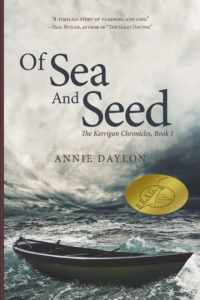 Sand
Sand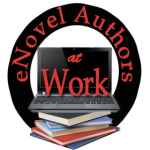



 the flowers dotting the background field were clover, I wrote about the scent of clover combined with the scent of sea, a combination I remember well from my days in Newfoundland. However, when I strolled through the grass near English Bay , I discovered that there was no clover. The tiny white flowers I saw were daisies. (Things are not always what they seem.) I edited my manuscript.
the flowers dotting the background field were clover, I wrote about the scent of clover combined with the scent of sea, a combination I remember well from my days in Newfoundland. However, when I strolled through the grass near English Bay , I discovered that there was no clover. The tiny white flowers I saw were daisies. (Things are not always what they seem.) I edited my manuscript. I am a multigenre author, born in Newfoundland, living in British Columbia. My novels are reflective of my bi-coastal experience in that they are set on the opposite ends of Canada: Newfoundland or Vancouver. The time element is also extreme: I plunk my work anywhere from the 1920’s to the now. The research methods vary, dictated by setting. The Newfoundland novels catapult me into the past: I read and view everything I can find on the historical events and settings. Here, I am focusing on the Vancouver novels (yes, plural because I’m nearing the end of the second) which are set in present-day and require boots-on-the ground research.
I am a multigenre author, born in Newfoundland, living in British Columbia. My novels are reflective of my bi-coastal experience in that they are set on the opposite ends of Canada: Newfoundland or Vancouver. The time element is also extreme: I plunk my work anywhere from the 1920’s to the now. The research methods vary, dictated by setting. The Newfoundland novels catapult me into the past: I read and view everything I can find on the historical events and settings. Here, I am focusing on the Vancouver novels (yes, plural because I’m nearing the end of the second) which are set in present-day and require boots-on-the ground research. Sheila’s Brush is an idiom used in Newfoundland and it refers to the last big storm of the winter season, a storm that occurs around St. Patrick’s Day. The term comes from an Irish legend which says that Sheila was the saint’s wife (or sister or mother) and that the snow is a result of her sweeping away the old season.
Sheila’s Brush is an idiom used in Newfoundland and it refers to the last big storm of the winter season, a storm that occurs around St. Patrick’s Day. The term comes from an Irish legend which says that Sheila was the saint’s wife (or sister or mother) and that the snow is a result of her sweeping away the old season.